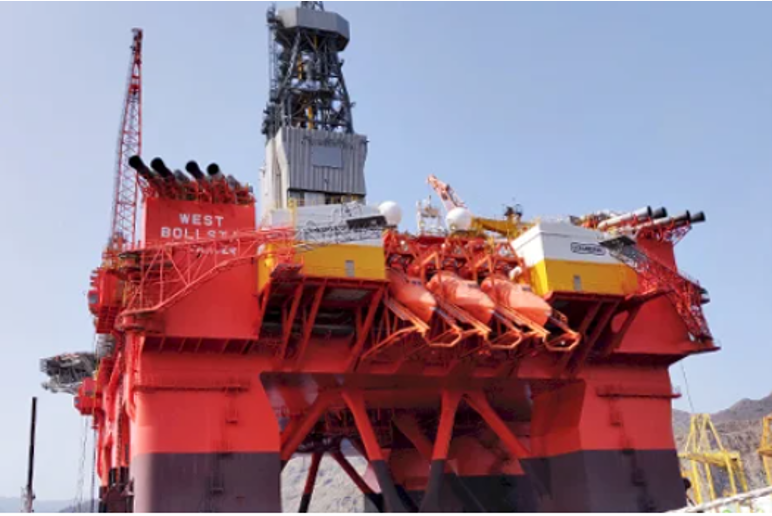The main objective of exploration well 7219/11-1, targeting the Bask prospect in licence PL533B in the southern Barents Sea, was to prove hydrocarbons in Paleocene aged sandstones. The targeted formation contained poorly developed reservoir, and although traces of hydrocarbons were found, it is not considered commercial and the well is classed as dry.
The Bask well was drilled 35 km northwest of the Alta discovery and due south of the Johan Castberg field by the West Bollsta semi-submersible drilling rig. Lundin Energy is the operator of PL533B with a 40 percent working interest. The partners are AkerBP ASA with 35 percent and Wintershall DEA Norge AS with 25 percent.
Barents Sea – is it really the area where most of the undiscovered resources on the Norwegian continental shelf are located?
With the completion of 7219/11-1, a three-well Barents Sea drilling campaign comes at an end. Unfortunately, no commercial quantities of hydrocarbons have been found in any of the wells.
The latest APA 2020 licence round awards also do not suggest that the area is high on the exploration agenda; only three licenses were awarded in the Barents Sea.
Also read: (geo365.no: Trist for Barentshavet).

Polmak
The first well drilled in this campaign was exploration well 7221/4-1, targeting the Polmak prospect in licences PL609 and PL1027, in the southern Barents Sea.
The main objective of the well was to prove hydrocarbons in Triassic aged sandstones within the Kobbe formation of the Polmak prospect. The well encountered indications of hydrocarbons in a 9 meter interval in poor quality reservoir in the targeted formation and the well was classified as dry.
Lundin Energy was the operator of Polmak with a 47.5 percent working interest (contingent on the completion of the previously announced acquisition of certain interests from Idemitsu Petroleum Norge AS). The partners are Wintershall DEA Norge AS with 25 percent, INPEX Norge AS with 10 percent, DNO Norge AS with 10 percent and Idemitsu Petroleum Norge AS with 7.5 percent working interests.
Spissa
Well 7018/5-1 targeting the Spissa prospect was situated in PL960 and was operated by operated by Equinor. Partners are Petoro (20%), Lundin Energy (20%) and Wintershall Dea (20%). The well was drilled in the Troms Finnmark Fault complex.
The primary exploration target for the well was to prove petroleum in reservoir rocks from the Early Jurassic to Middle Jurassic Age (the Stø and Nordmela Formations).
The secondary exploration target was to prove petroleum in reservoir rocks from the Late Triassic to Early Jurassic Age (the Tubåen Formation).
The well encountered two water-bearing sandstone intervals in the Stø Formation with a total thickness of 180 metres, with good reservoir properties. The well did not reach the bottom of the lowest sandstone interval in the Stø Formation, nor the Nordmela and Tubåen Formations. Weak traces of petroleum were observed in the sandstones in the Stø Formation, but has been classified as dry.
PRESS RELEASE BASK – LUNDIN ENERGY
with additional input from HENK KOMBRINK




